




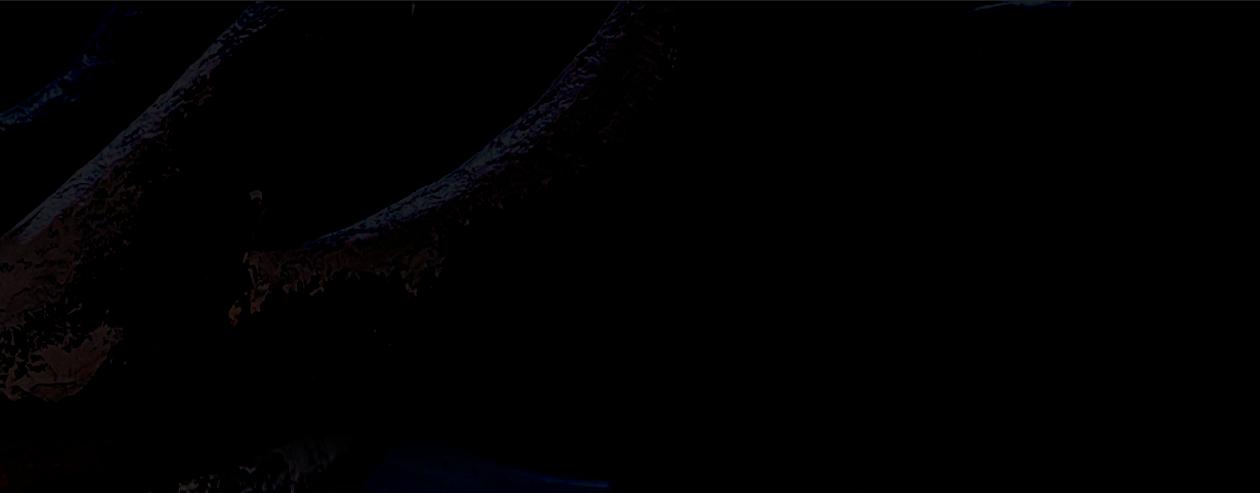
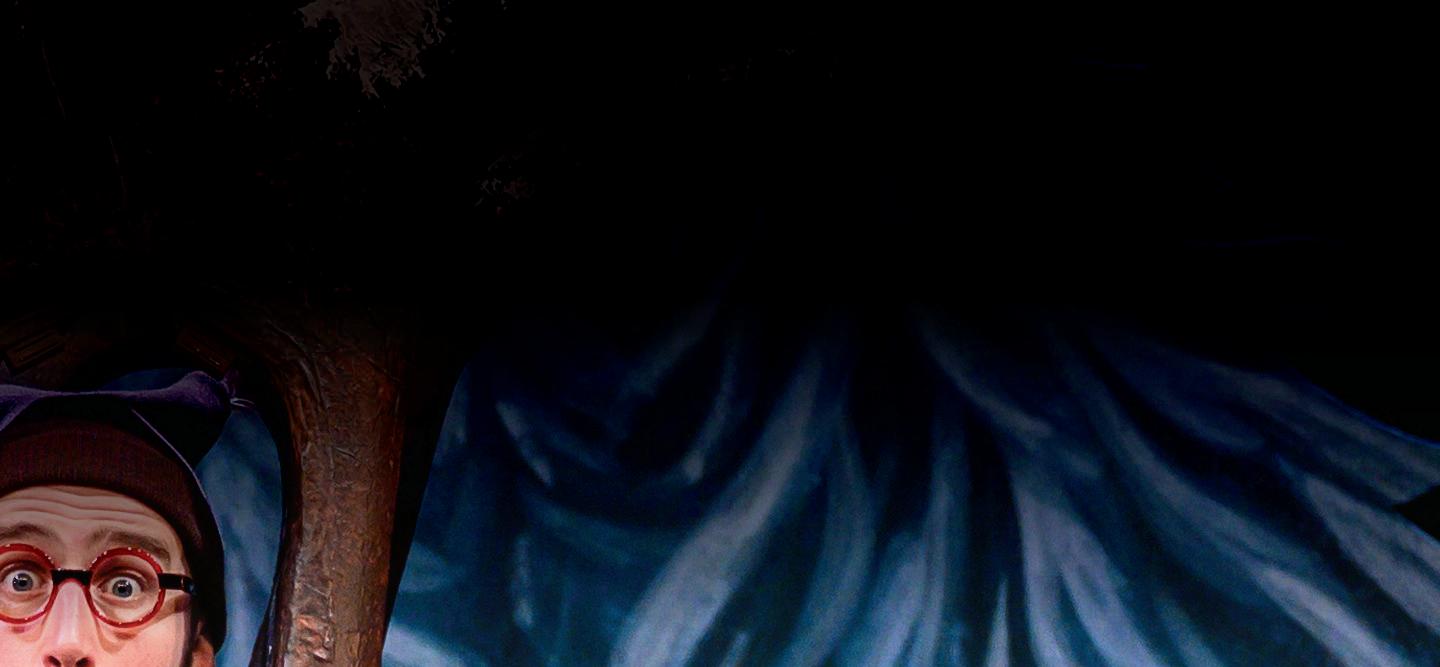




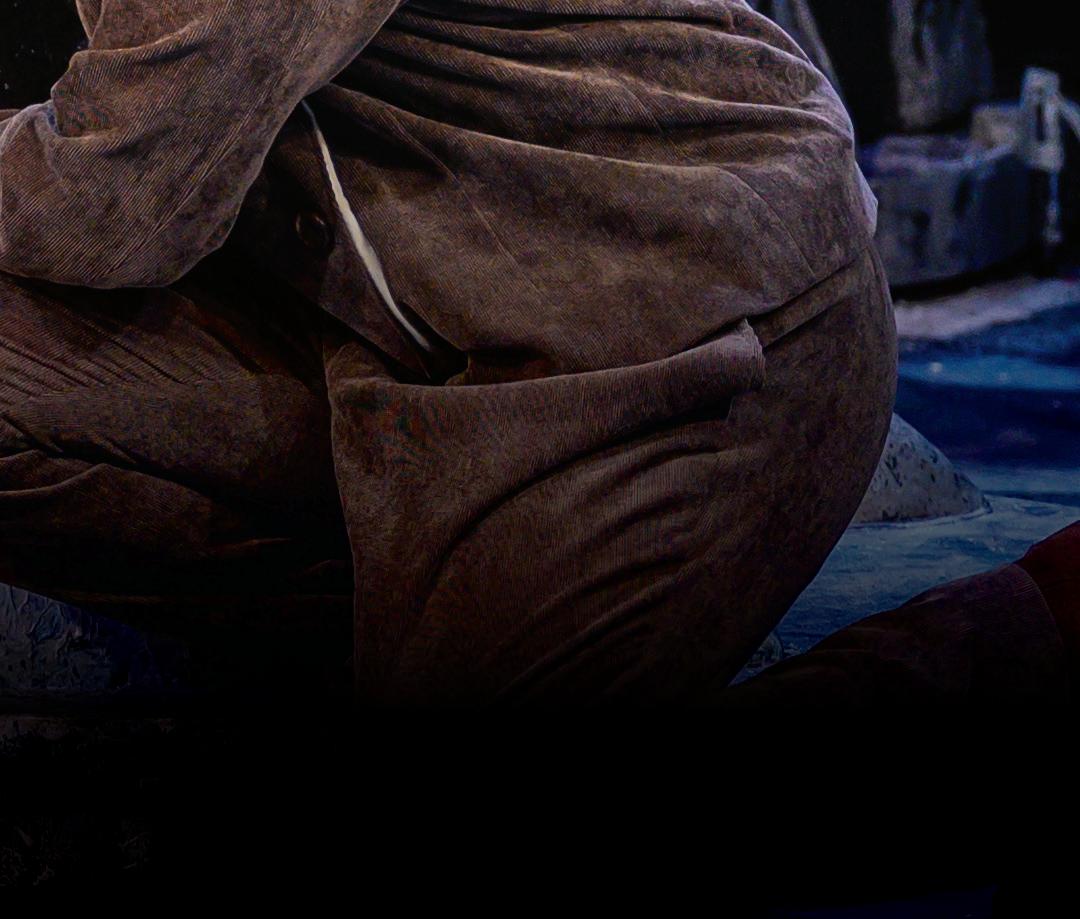










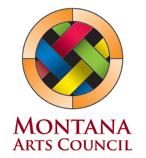
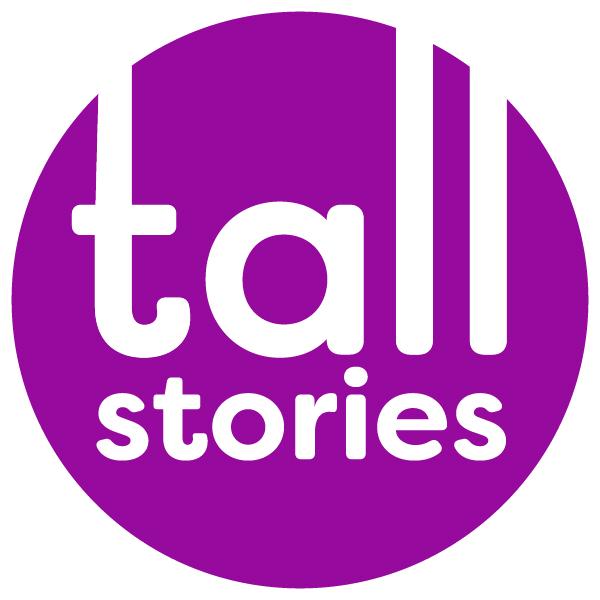


‘Tall Stories sets the benchmark for children’s theatre’
Sunday Times
‘Tall Stories cannot be commended enough for their achievements’
The Scotsman
‘Tall Stories serve up quality children’s theatre that’s guaranteed to entertain’
The List
‘Tall Stories have gathered a loyal audience of under tens with their polished performances and well-crafted tales’
The Scotsman
‘It is a rare treat to find a show that really is for all the family. Tall Stories cannot be commended enough for their spot-on achievements’
The Scotsman Tall Stories Theatre Company
+44 (0) 20 8348 0080
info@tallstories.org.uk www.tallstories.org.uk


Tall Stories theatre company is a not-for-profit charitable organisation, which presents old, new and timeless stories in a physical, visual style, always acknowledging the presence of the audience. Our productions link original music with dynamic movement – and lots of laughs. The company was founded in 1997 by directors Olivia Jacobs and Toby Mitchell.
The Gruffalo’s Child is an adaptation of the picture book by Julia Donaldson and Axel Scheffler. It is the sequel to The Gruffalo (‘a modern classic’ The Observer), the picture book which won the Smarties Book Prize Gold Award and the Blue Peter Award for Best Book to Read Aloud. The Gruffalo has been the best-selling children’s book in the UK for five years running.
One wild and windy night the Gruffalo’s child ignores her father’s warnings about the Big Bad Mouse and tiptoes out into the snow. En route she meets the same fox, owl and snake that her father met some years before. Each points her in a different direction, so by the time the little Gruffalo gets to the heart of the wood, she is beginning to have serious doubts about the scary mouse that her dad has told her about. Just about to give up and go home, she sees a little mouse and decides to stop for a mousey snack. But Mouse is not in the mood to be eaten and comes up with an ingenious plan to scare the little Gruffalo away. Standing on a twig as the moon shines, Mouse casts a big bad mousey shadow on the ground – and this is enough to send the Gruffalo’s Child running home...
The production combines Tall Stories’ unique physical storytelling style with new songs, humour and a touch of magic. In addition, puppetry is used to help create the sense of the size of the Gruffalo next to his child as well as to illustrate the scary mouse that the Gruffalo’s child thinks she has seen... For the majority of the show, a narrator (who later becomes Mouse) leads us through the tale.


This production of The Gruffalo’s Child uses a variety of physical theatre techniques to create lots of different characters with three actors and a minimal set. The following ideas aim to encourage children to think imaginatively about the story that they have seen.
‘The Big Bad Mouse is terribly strong. His scaly tail is terribly long...’
In the show, the Gruffalo’s child describes the Big Bad Mouse to all three predators. Ask the children to draw pictures of their own invented monsters (with labels if applicable).
Using the pictures that the children have created, ask the class to create a monster noise for each picture. Can they create very different sounds or do all monsters sound the same?
Do the same for other characters in the story – what noises do foxes, owls, snakes and mice make?
In the play, the characters each have vocal traits. Fox has a cockney accent and speaks quite fast, Owl speaks slower and his voice is influenced by a ‘twit twoo’ sound, and Snake’s accent is very obvious. Take this exercise one step further – if other animals could speak English, how would they talk?
In the play, the animals are suggested by different costumes. To simplify this, ask the children what kind of hats specific animals would wear. Can they make them out of card and felt tip pens?


This production of The Gruffalo’s Child uses a variety of theatre techniques to create lots of different characters with three actors and a minimal set. The following ideas aim to encourage children to think imaginatively about the story. The exercises are very similar to the ones we use when creating a show!
To get things moving, split the students into two groups and, as a team game, give them a variety of ‘situations’ that they have to portray in a ‘photograph’. The teams have 5 seconds to create each picture and the best picture wins a point. Sample situations are: climbing, swimming, tea party, space, the zoo. Move on to places and situations from The Gruffalo’s Child, perhaps using the deep dark wood, the owl’s nest, the fox meets the mouse, etc. This will allow students to think about how to create a ‘story’ visually, on the stage.
For The Gruffalo’s Child, we used a picture-book as our starting point – but sometimes we start with nothing. Try coming up with your own story to act out. Going round the class ask each student to tell one word of a story. For example:
Student 1: There Student 2: was
Student 3: a Student 4: big Student 5: green
Student 6: giant Student 7: who Student 8: went Student 9: to Student 10: buy Student 11: a hundred Student 12: sausages...
... and so on. Once everyone has added a word, split the class into groups of five or six and tell them that they have five minutes to show the other group their version of the story. See what they come up with! It will be interesting to see how different their renditions of the same story may be.
How can we make a character come alive on stage? How do you determine the way that a character stands, moves and speaks? Ask two students (A and B) to stand in front of the class. Ask a third and fourth student to manipulate their arms and legs and faces, moving them from a neutral position into a character. Perhaps these characters stoop, or lean back, or have their head held high. Ask Student A and B to try to create a voice to match their new positions. Would the character have a squeaky or a low voice? How fast or slow would they speak? Do they have an accent? Try different things. Does a big character need a big voice? What happens if you give a small character a booming voice? Ask the rest of the class to vote on which voice best matches the character.
Using this idea, ask the students to work in pairs to create two characters from pre-prepared character names. Students can create characters based on animals (Mr Hippo, Ms Snail, Mr Rat...) or create from emotions (Ms Cool, Miss Miserable, Terrified Tom etc). Encourage the students to try to use more than their faces to create the character, thinking about how heavy they are, how fast they can move, how straight/bent their legs are etc. Allow the students to create their own characters in this way and then introduce them to the group.
Taking the story of The Gruffalo’s Child (or perhaps another tale) discuss what happens if you tell a story from different points of view. For example, what would the story be like if told from the point of view of the fox? Or the Gruffalo? How much would he know about his child’s journey into the Deep Dark Wood? Ask different students to tell the story using the first person from different perspectives. Do all the characters have the same version? Are there things that a particular character doesn’t know?


